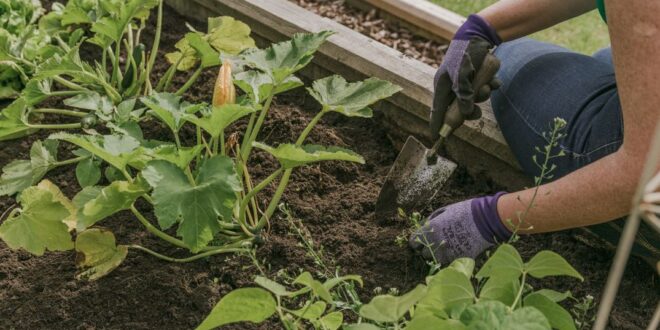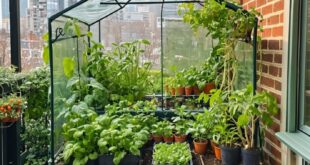If you’re a proud allotment owner, you’ll already be familiar with many of the gardening basics for getting your plot started but in this article, we’ll look at some of the ways you can improve your patch to take your allotment to the next level and ensure that it thrives year after year.
Plan Ahead
Planning out your plot is crucial for allotment success. Traditionally, allotments were set in rows based on a three-year crop rotation system but these days, many allotment owners adopt a less formal approach to the layout of their plot. However, even in a freer system, it’s still worth rotating your crops as it helps keep your plot in good condition.
You should also consider what type of crops you plan to grow as some will take years to fully establish, which will affect crop rotation. For example, floricanes such as blackberries and raspberries only produce berries during their second year of growth, making them long-term fixtures that will need their own patch and support from a wall, fence or strong posts.
Improve Your Soil
The success of your growing efforts will depend on the quality of your soil. Digging through the soil on your plot will prevent it from becoming compacted and make it easier for you to remove weeds and any other debris. You can also add organic matter to improve the quality of your soil, such as compost and manure.
Alpaca manure is high in nitrogen and potassium, making it a great option for fertilising your allotment and it can be especially helpful for getting seedlings off to a good start. Don’t worry if you can’t find any alpacas nearby – you can also buy dried or liquid alpaca manure online.
Invest in Equipment
Extreme weather can be the bane of any allotment holder’s life. Whether it’s high winds, torrential downpours or record-breaking heatwaves, you’ll want to invest in some specialist equipment like polytunnels to protect your crops from the weather.
Most plants require specific light and temperature levels to thrive, meaning they have a limited growing season but using a polytunnel can extend their growing season by a few weeks or even months to give you a better yield for your gardening efforts. Moreover, polytunnels help you to grow produce that needs a warmer climate to thrive, such as tomatoes and plants that are sensitive to temperature variations, such as peppers and courgettes.
Use Raised Beds
If the soil on your plot isn’t ideal or hasn’t been treated well in the past, raised beds are an alternative option. This allows you to choose the type of soil best-suited to growing the crops you want to plant. It also provides ready access to your crops, making weeding, watering and harvesting easier. Using breathable membranes on your raised beds can stop weeds from coming through and insulate your soil against extreme temperatures.
 Gardeners Club The Gardeners Club is a free to join online club for everyone with an interest in gardening and gardens.
Gardeners Club The Gardeners Club is a free to join online club for everyone with an interest in gardening and gardens.






